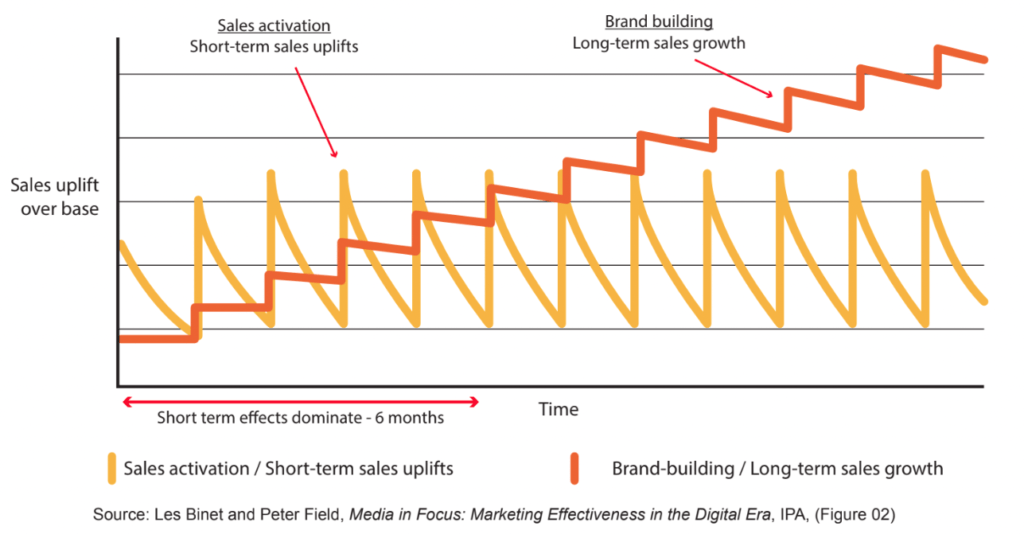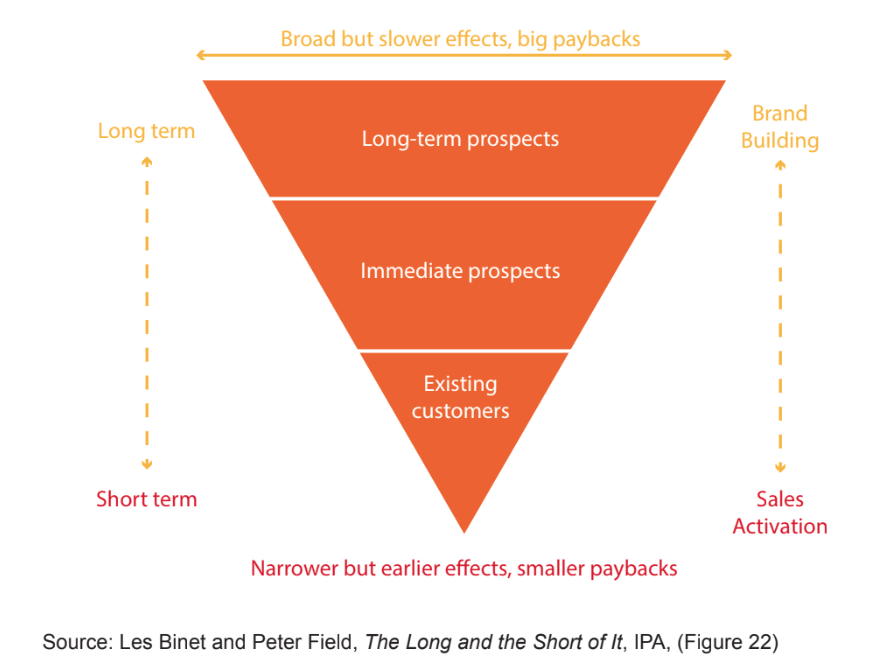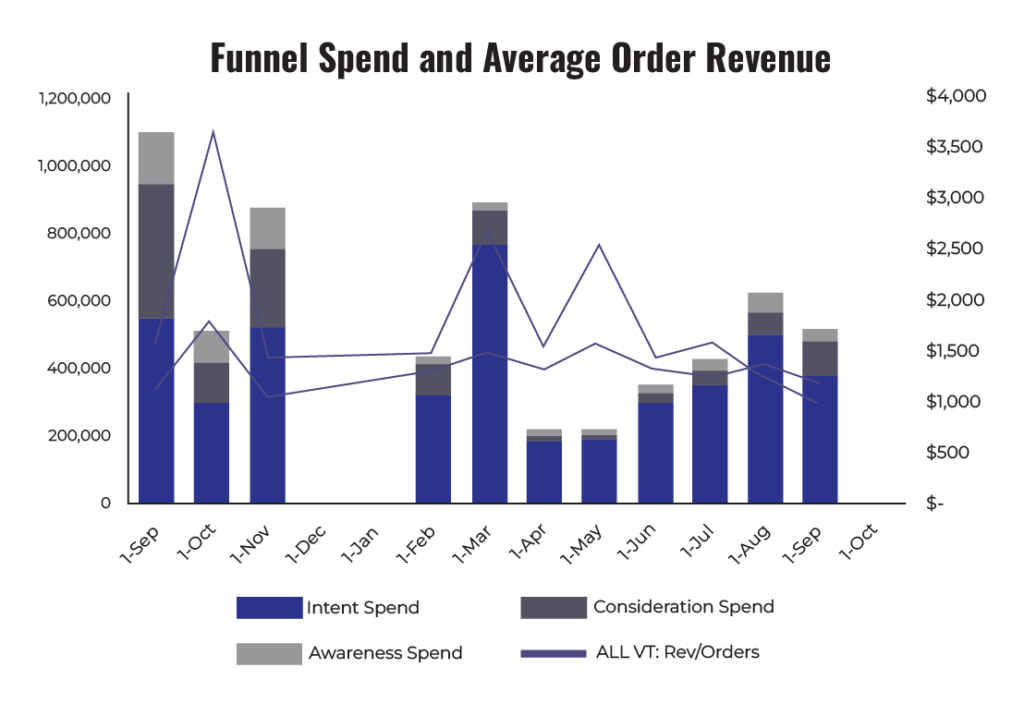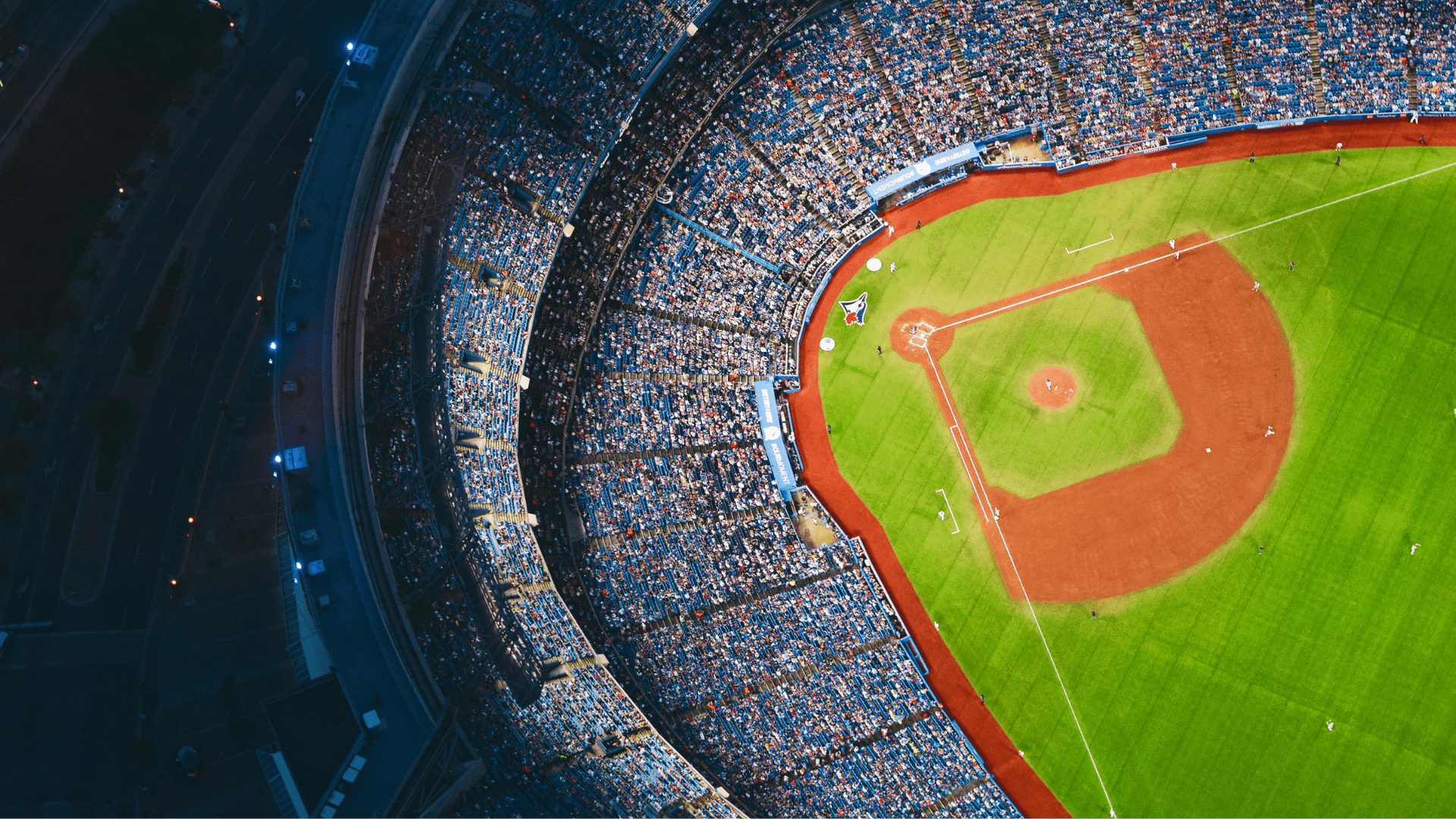“Do I really need awareness in my media strategy when my only focus is getting conversions?”
This is a question I’ve heard over and over from a variety of clients, no matter the industry or brand. And to be honest, it’s a valid question. If you already have an established customer base, or you have no apparent issues with brand awareness, why would you want to put dollars behind upper funnel tactics when you can reach repeat customers or people that already know about you, and see results quickly?
To answer this question, we need to take a step back and think about measurement and how the customer journey plays a role in that. As an agency, we ground our thought process in understanding what success looks like to our clients, and how that ladders up to our clients’ business goals. Aligning on goals and objectives upfront allows us to develop a stronger measurement strategy that we use as our source of truth throughout the lifetime of the campaign to measure success, but even more importantly it holds our teams accountable and ensures we’re driving the best possible results for our clients and spending their money effectively.
Our goal is to develop a measurement strategy with channel objectives and tactical key performance indicators (KPIs) that fully support the business goal and will ultimately move the needle for our clients. Understanding what key action we want users to take will help us get there.
Once we understand what success looks like from the perspective of measurement, let’s go back to the original question. If you’re trying to drive lower funnel activity and encourage users to take action against your business goal, you could very well allocate 100% of your budget to capture the low hanging fruit of an existing customer base. This will garner short-term success by quickly converting users that already have some level of brand awareness. However, as time goes on and you cycle through those users, your cost-per-action (CPA) will eventually rise. If you’re looking for long-term results, finding the right new customers to begin the journey allows you to build new relationships that will continue to feed the lower funnel.
The visual below showcases how pure sales activation efforts lead to short term results with a continuous yo-yo effect, while brand-building efforts result in more sustainable, long-term sales growth over time.

The next visual explains how as you go further up the funnel, those long-term brand-building effects are more apparent.

Incorporating brand-building tactics into your upper funnel strategy doesn’t always have to mean utilizing high-budget channels, though, like traditional broadcast or out-of-home. Awareness can be accomplished in a variety of ways, like utilizing targeted, cost-efficient connected TV or a non-branded paid search campaign. The key is that the media plan is supported by data and research based on audience behavior and media consumption, and has clearly defined KPIs to optimize toward and measure success along the way. Strategy should be thoughtful and have solid rationale to support it, as opposed to making your best guess based on assumptions and hoping it works.
This is the essence of a full-funnel approach, but our work here isn’t done just yet. It’s not enough to simply have each stage of the funnel present in your media plan to check the boxes of awareness, consideration, conversion, and everything in between. Cross-channel optimization is vital to tying your strategy together, as well as understanding how each channel plays off of and impacts the others. Is your audience Googling your brand or product after they hear an ad on Spotify? Does organic traffic increase after users see an ad on Hulu with a QR code that drives to your website? These types of learnings all provide insight into correlation and attribution of your media, and can help develop test and learn strategies that allow you to pivot and optimize as the campaign progresses.
We were able to put the above into practice for a Global Fortune 500 company that was focused on generating leads from small business owners by proving the correlation between a decrease in upper- and mid-funnel ad spend and an increase in cost-per-acquisition (CPA). As indicated below, a decrease in awareness-level spend resulted in lower average order revenue and smaller intent-level pools to drive to conversion.

Sound full funnel media strategy with this campaign led to a 6.5% increase in daily site visitors and delivered over 60,000 attributable visits with an estimated value of over $1 million.
After understanding the importance of a full funnel media strategy, how do you implement it?




